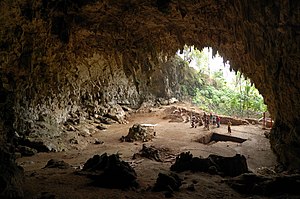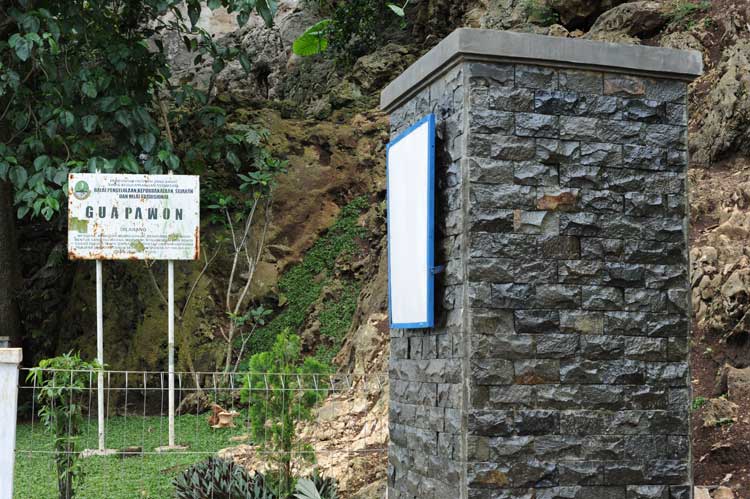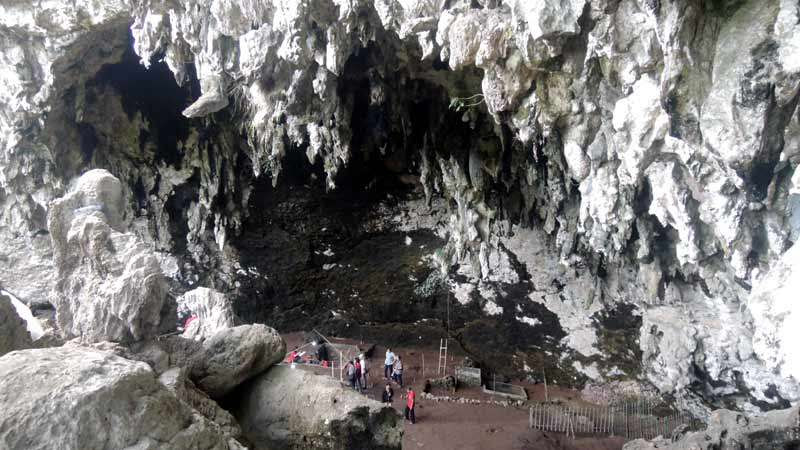Sites and ancient human remains in Indonesia along with pictures look this
Jumat, 13 Januari 2023
Sites and ancient human remains in Indonesia along with pictures, look this
This place is the location of the discovery of several ancient human fossils, so it is very important in the history of world human development. The excavation results at Sangiran found various Homo erectus fossils. In addition to ancient humans, various fossil bones of animals with backbones were also found, such as crocodiles, Hippopotamus (hippos), various deer, ancient tigers, and ancient elephants (stegodons and modern elephants). In 1977 Sangiran was designated by the Minister of Education and Culture of Indonesia as a cultural heritage and in 1996 this site was registered as a UNESCO World Heritage Site.
2. Trinil Archaeological Site
Is a paleoanthropological site in Indonesia which is slightly smaller than the Sangiran site. This place is located Ngawi, East Java. In 1891, Eugène Dubois, discovered the first ancient human remains outside Europe, namely the Java human specimen. In 1893 Dubois discovered early human fossils Pithecanthropus erectus as well as fossils of other ancient animals and plants. In Trinil, fossils of ancient tiger mandibles have also been found, fossils of ivory and upper molars of ancient elephants, and fossils of ancient bull horns.
3. Patiayam Archaeological Site
The Patiayam site is a location where many ancient fossils and ancient relics were found. The Patiayam site is included in the Kudus city area. The first fossils were found in 1979 of a pre-molar tooth and seven fragments of a human skull. Furthermore, many other fossils were found such as the bones of ancient animals, such as the ancient elephant Stegodon trigonocephalus.

Other types of animal fossils found at the Patiayam Site are rhinoceros, pigs, cats, buffaloes, bulls, crocodiles, as well as various types of shellfish, one of which is estimated to be 700,000 years old to 1 million years old.
4. Coke Archaeological Site
In this place, various red handprints were found painted on the rock walls of the cliffs and caves located on the seafront. This archaeological tourism object is known as the ancient site of Kokas or by the local community it is commonly called Tapurarang. Because the red color on the handprints on the cliff resembles the color of human blood, local people also often refer to Tapurarang as blood handprints.. that's scary too.
style="text-align: justify;">5. Gua Tewet
This cave is located in East Kalimantan, the paintings in Tewet Cave depict the relationship between shamans and the spirit world. The pictures of palms on the dark walls reflect a traditional healing ritual in which the shaman places his palms on the patient's body, then spits out an efficacious potion from his mouth.

According to local residents, the cave, which is perched at an altitude of 147 meters, was discovered in the 1980s by a man who works as a swiftlet nest hunter. But his name only soared onto the world stage after researchers documented it in a long study from 1988-1999. Besides Chazine, the group of scientists consisted of Luc-Henri Fage and Pindi Setiawan from the Bandung Institute of Technology
6. Liang Bua
Liang bua which also means "Cool Hole" is where a new human-like creature (hominin) was discovered called Homo floresiensis in 2001. Along with ancient humans, stone tools known to have been used by Homo erectus were also found (as found in Sangiran). and the bone remains of pygmy stegodons (ancient elephants), giant monitor lizards and rats.

7. Pawon Cave
Pawon Cave is an important place for the Sundanese because ancient human skeletons have been found there which are said to be the ancestors of the Sundanese (still being studied at the Bandung Archaeological Center).

8. Braholo Cave
Braholo Cave is one of the caves located in Gunungkidul Regency, precisely in Karangmojo sub-district, Gunungkidul, Yogyakarta. In Braholo Cave, 10 ancient human fossil skeletons were found in relatively intact condition

SOURCE : https://brainly.co.id/juang/3539860
